Behind The Scenes of Reyka Vodka
Contributed by on Sep 08, 2014
One reader loves this post.
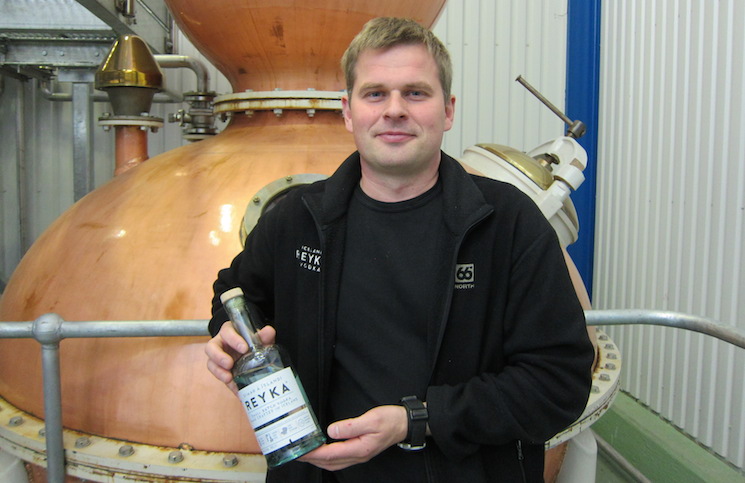 Reyka Vodka Distiller Thordur Sigurdsson
Reyka Vodka Distiller Thordur Sigurdsson
Iceland is an amazing country, forged by volcanoes and founded by Vikings, of only 300,000 people which sits at the meeting point of the North American and European tectonic plates. The volcanoes of Iceland (and there are many) really define the country, from the geography, how people live and work, and perhaps most profoundly, its water.
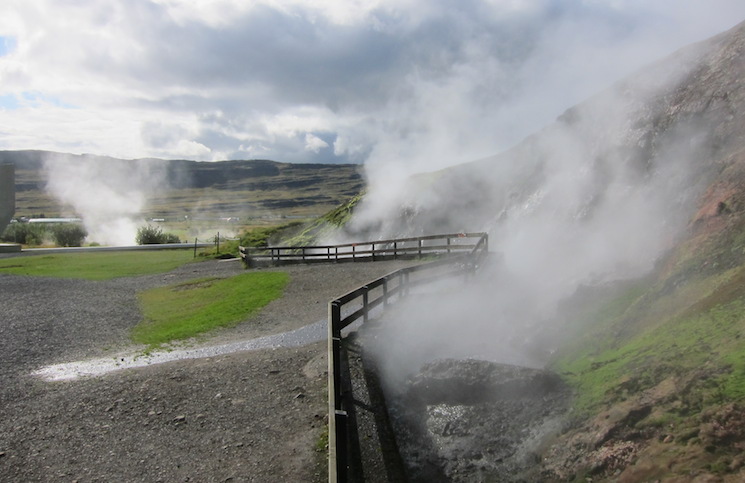 Hot Springs Used To Generate Power
Hot Springs Used To Generate Power
Iceland's volcanic core creates a myriad of hot springs which pump large amounts of extremely hot water to the surface. Iceland has been very savvy about using this water to power steam electric generators to provide the majority of the country's power needs. As a result, Iceland doesn't have the need to burn fossil fuels or coal to generate energy (or heat their water), which helps make it one of the cleanest inhabited places on earth.
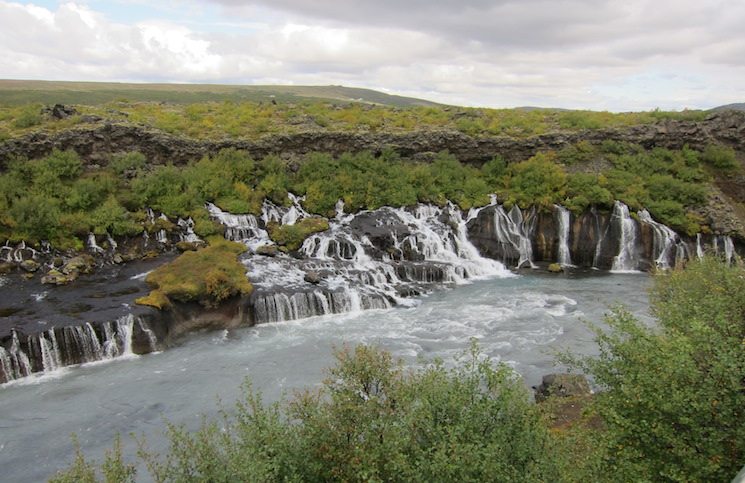 Natural Lava Filtration of Glacial Water
Natural Lava Filtration of Glacial Water
Given Iceland's typography and its extreme northern location, giant glaciers dot the landscape and are a source of a tremendous amount of water in the country. The juxtaposition of glaciers and lava beds helps create a natural water filtration system which, combined with the pollution-free air, helps create some of the world's best water. It's really this water that makes Reyka Vodka so special.
When you buy a bottle of 80 proof vodka, the bottle only contains 40% of spirit, and the remainder is water. What water you put in there can have a significant impact on the final character of a spirit. Many vodka makers use highly filtered and often distilled water to dilute their vodka. Reyka simply uses untreated Icelandic water, the same that freely flows out of the tap. In almost any other part of the world, using tap water would be considered sub-par, but Icelandic tap water is like liquid gold, it's just that good.
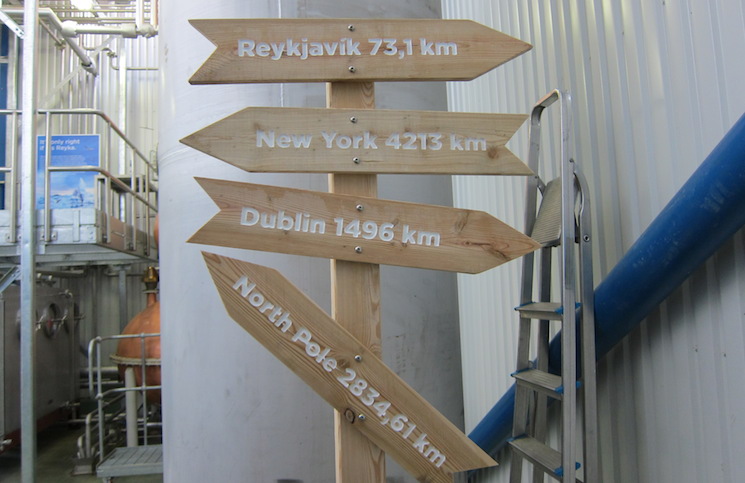 Iceland Imports and Exports a Lot
Iceland Imports and Exports a Lot
As with many things in Iceland, part of the Reyka equation comes from somewhere else. In this case it's another island - Scotland, where William Grant & Sons ferment and distill white barley to create 96% ABV spirit. Some may take issue with the fact that this Icelandic Vodka has its first distillation in Scotland, but the kind of still that Reyka uses in Iceland, the Carterhead Still, isn't capable of distilling up to the required strength to create vodka - this requires a column still. It's not uncommon for vodka producers to use a grain spirit which has been initially distilled by someone else, including most notably Titos Vodka, Svedka, and in part, Ketel One Vodka.
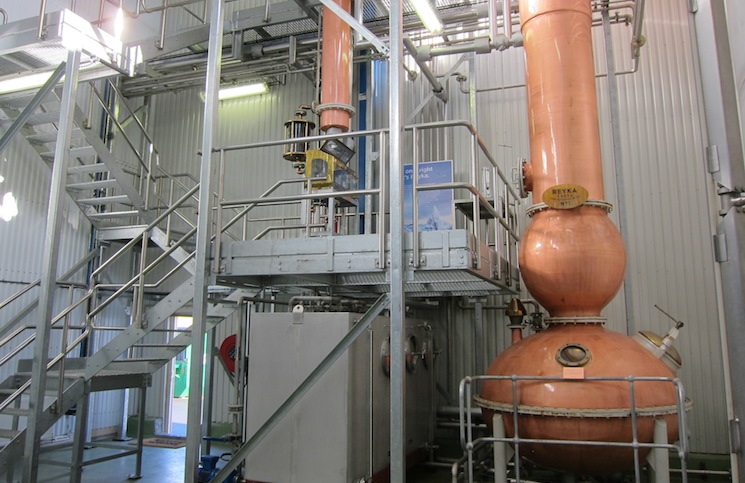 Carterhead Still
Carterhead Still
Ironically, barley is a crop which grows in Iceland and is very much a part of the Icelandic culture, and it's really the barley which works in concert with the Icelandic water to define Reyka Vodka. It is in the little town of Borgarnes, located 73 km outside of the capital city of Reykjavik, where Reyka really becomes Reyka Vodka. Here, one man, Thordur Sigurdsson, is completely responsible for creating every drop of Reyka Vodka. Thordur takes the barley spirit from Scotland, pre-heats it using a geothermic heat transfer system, and then loads it into a Carterhead Still for distillation. The Carterhead Still is a style of pot still that combines elements from traditional whisky and cognac stills with an additional chamber which can be used for the alcohol vapors to pass through something before condensation, typically botanicals for gin, but in Reyka's case it's lava rock. There are only six Carterhead stills in the world - William Grant & Sons owns three them, two of which are used to make Hendrick's Gin and one is used for Reyka Vodka.
 Geothermal Heat Transfer
Geothermal Heat Transfer
Using heat transfer to warm the barley spirit means there's really not much ramp-up time in the still, reducing the chance of overheating the spirit, which could create a subtle burned note. As the spirit is warmed in the still it turns into vapor, where it passes through a number of plates that create condensation that aid in the distillation process. Reyka also goes the extra step to fill one of the plate chambers with stainless steel grommets, almost exactly like copper ones that Absolut uses for Absolut Elyx. These stainless steel grommets help create further condensation without adding any flavors or character to the equation.
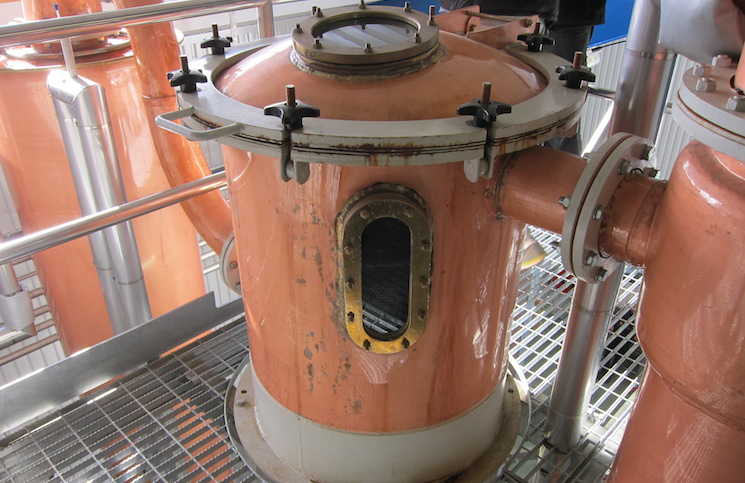 Lava Rock Condenser
Lava Rock Condenser
At the top of the Reyka Carterhead Still is a unique lava rock basket that the distilled vapors pass through as they are being condensed into liquid. After condensation, the spirit is passed through another lava rock chamber, filtering it again as a liquid. Most vodka goes through some sort of filtering process, but this is often done after distillation. Reyka's style of lava rock filtering is unique.
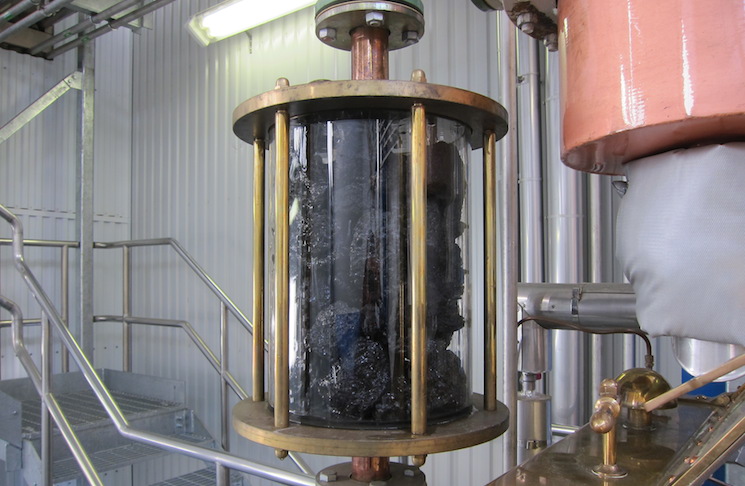 Second Lava Rock Filtration
Second Lava Rock Filtration
Once the spirit has flowed through the lava rock, it's cut into head, heart, and tales with only the heart used to make Reyka Vodka. After distillation, unfiltered Icelandic water is added. This water is so prized that Martin Miller ships their gin to Iceland so that it can be blended and diluted with Icelandic water, and then bottled. For Reyka Vodka the journey doesn't end there. Reyka is actually shipped back to Scotland and bottled at the William Grant & Sons bottling facility, which also serves Hendrick's Gin.
 Reyka Vodka
Reyka Vodka
The final result is a vodka which is slightly sweet, soft, and incredibly clean, with absolutely no minerality. Reyka Vodka maintains the character of Icelandic water while adding a touch of sweet barley grain to the mix. It's a combination which stands up neat or chilled and is one of the few vodkas that can easily be enjoyed without mixing or diluting it in any way. Like Iceland, Reyka Vodka has been a fairly well kept secret since it launched in 2005, but like Iceland the word has started to get out about this vodka. Watch our Behind The Scenes of Reyka Vodka for an in-depth look at the making of Reyka Vodka.
Also be sure to watch Fjalar Siguroarson as he explains the source for the elements of Reyka Vodka:
This post: Behind The Scenes of Reyka Vodka originally appeared on Drink Spirits.
